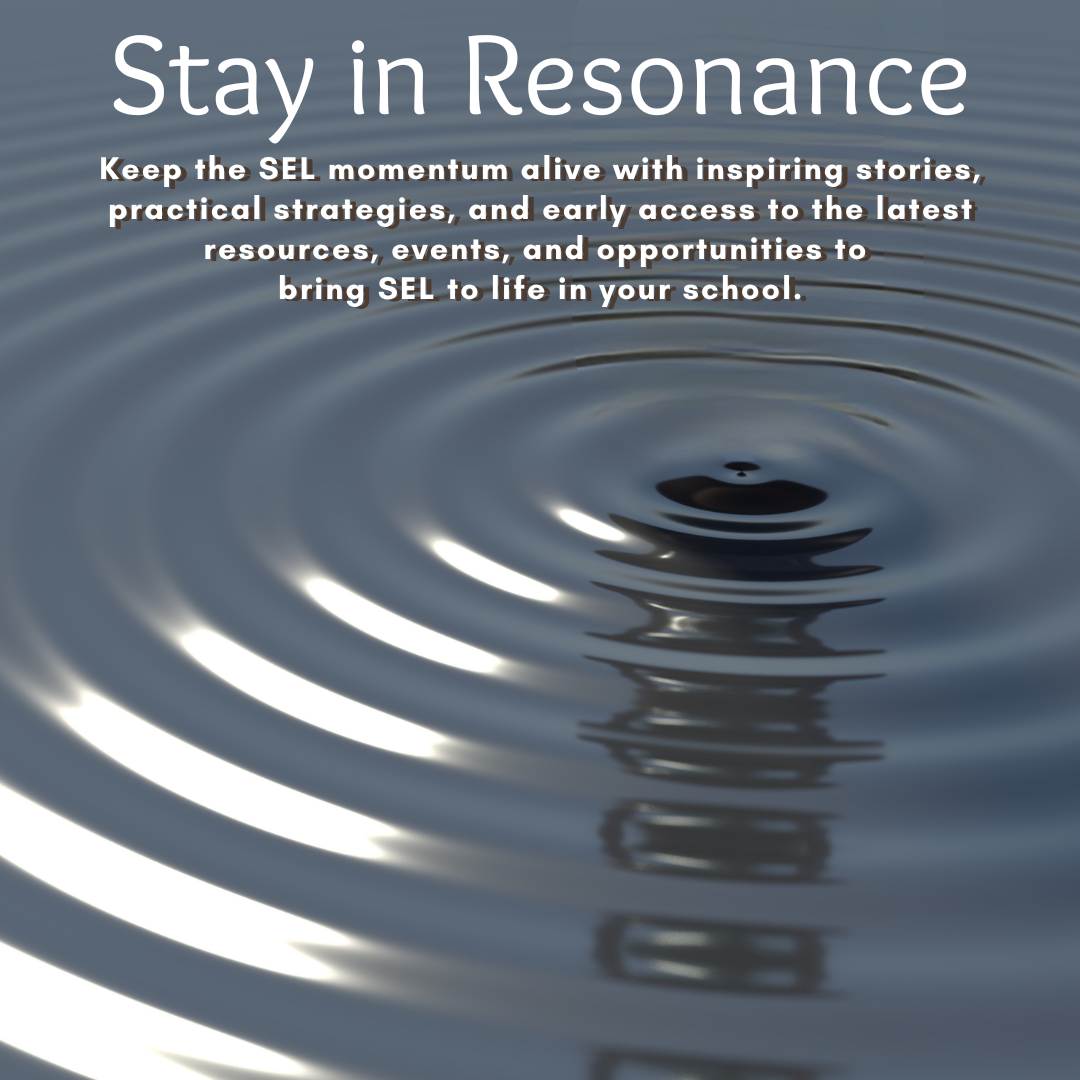070: Joy Isn’t Fluff: It’s a Teaching Strategy
Oct 20, 2025
When one of my bunnies, Chaplin, does a binky, it’s impossible not to smile.
(He's the white one with the little mustache!)
A binky is this unpredictable burst of joy: a mid-air twist of the back legs that rabbits do when they feel completely safe and content. No one teaches them how. They just feel good, and their body can’t help but express it.
Watching him zoom through the rooms, often across the couches, then leap and spin across the kitchen floor, I always think: What if classrooms felt this safe? What if students could “binky” emotionally, showing unguarded joy because they knew they belonged?
SEL Connection
Joy isn’t fluff; it’s fuel.
Neuroscience shows that joy releases dopamine and endorphins, which strengthen memory, attention, and motivation. When students experience moments of authentic joy, their brains become more open to learning.
In a kindergarten classroom, joy might sound like laughter during a movement break.
In fifth grade, it might look like wonder and awe sparked by a hands-on experiment.
In high school, it might feel like pride after rocking an oral presentation, passing a difficult exam, or having an AHA moment where two content pieces finally click into place.
Joy builds neural connections and human ones.
It transforms compliance into engagement and learning into something deeply memorable.
Why This Matters
Too often, joy is treated as an “extra,” something we sprinkle on top if there’s time.
But joy is actually a sign of psychological safety. It tells us that our students trust the environment enough to take risks, make mistakes, and be fully present.
When educators intentionally create moments of joy, they’re not avoiding rigor.
They’re amplifying it.
Because the truth is: a joyful brain learns better.
Try This Tomorrow
Joy doesn’t always have to be loud. Sometimes, it’s simply creating a moment of connection before, during, or after learning. (Always be willing to go first and model.)
- Before Learning – Invite Curiosity and Positivity
Set the emotional tone before content begins. These questions help students transition from whatever came before your class into a mindset of openness, connection, and possibility. - What’s one thing that brought you joy in the last week?
- What’s something you’re looking forward to today, big or small?
- What’s one thing you feel confident about as we start class today?
- During Learning – Notice Joy in the Moment
Encourage students to pay attention to engagement, curiosity, and connection as they learn. These prompts help them notice when learning feels good and why. - What part of this task is most interesting or enjoyable for you right now?
- When have you felt most focused or “in the flow” today?
- What’s something that surprised you about what we’re studying?
- After Learning – Reflect on Growth and Gratitude
End the lesson on a note of joy and accomplishment. These prompts help students name meaningful moments, reinforcing emotional and cognitive connections. - Who helped you think differently today?
- What part of today’s learning felt like a win or a lightbulb moment?
- What sparked your curiosity and made you want to know more?
Tiny bursts of joy don’t derail learning; they ignite it.
Reflection Question
When was the last time your students saw you binky (not literally!) but through your joy for teaching and learning?


